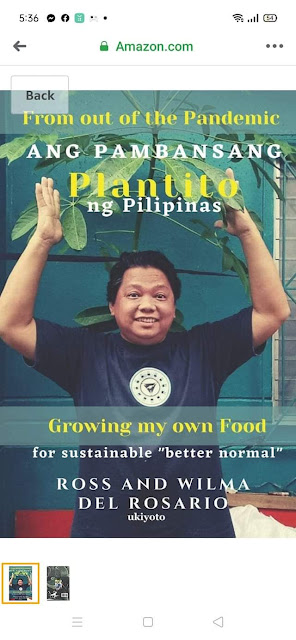Wazzup Pilipinas!?
As the anticipation for a new academic year builds and store shelves brim with colorful school supplies, a chilling reminder shatters the excitement—some of these seemingly harmless items may be silently harming our children.
BAN Toxics, a non-profit environmental watchdog, has once again raised the red flag, urging parents, guardians, and educators to stay vigilant amid the early back-to-school shopping frenzy. Their warning is stark: hidden among backpacks, lunch boxes, water containers, and other school essentials are toxic substances that pose a serious risk to children’s health.
Beneath the Surface: What Lurks Inside
In its latest market monitoring, BAN Toxics found an alarming number of school supplies already circulating in public markets, retail stores, and sold by ambulant vendors—many of them missing proper labeling or any product safety information.
From brightly colored crayons and cute character-themed lunchboxes to inexpensive raincoats and erasers, the products appear innocent on the outside. But inside, some hide hazardous chemicals like lead and other toxic elements at levels far beyond safe limits.
In a haunting example from last year, a kiddie backpack tested positive for 11,900 parts per million (ppm) of lead, while a water container reached a staggering 48,000 ppm—numbers that defy safety thresholds and spell danger for any child exposed to them daily.
Children at Risk: The High Cost of Ignorance
“School supplies should be completely free from hazardous chemicals, as children are especially vulnerable to toxic exposure,” warns Thony Dizon, Toxics Campaigner of BAN Toxics. “Proper labeling helps verify product safety and enables parents to make informed choices.”
Children’s developing bodies and immune systems make them particularly susceptible to chemical exposure. Toxins like lead can impair brain development, weaken the nervous system, and lead to lifelong health complications. The threat is invisible, but its consequences can be devastating.
Watchdog’s Wake-Up Call to Authorities
BAN Toxics is calling on government agencies—the Department of Trade and Industry (DTI), Food and Drug Administration (FDA), and the Department of Environment and Natural Resources (DENR)—to go beyond advisories and intensify on-site inspections in public markets and malls.
While the DTI’s 2024 “Gabay sa Pamimili ng School Supplies” guide encourages consumers to verify claims of "non-toxic" labels, BAN Toxics asserts that proof of toxicity testing must accompany these claims. The FDA has also reiterated that even everyday school supplies used by toddlers must meet stringent health standards.
Parental Guidance is Power
To help parents guard against these invisible threats, the FDA and BAN Toxics issue the following vital safety checklist:
Read product labels carefully.
Choose age-appropriate, quality supplies.
Regularly inspect items for signs of breakage or deterioration.
Shop only at trusted, reputable retailers.
Seek medical help immediately in cases of ingestion or adverse reactions.
Report health and safety issues to the FDA.
In an age where affordability often trumps safety, especially in lower-income communities, the watchdog reminds us: health should never be a negotiable price tag.
Toxics-Free Schools: A Call for Action
Through its Toxics-Free Schools Campaign, BAN Toxics commits to ramping up market surveillance and test-buys throughout the back-to-school season. Their mission: to identify and expose hazardous school supplies, advocate for safer alternatives, and ensure every child has access to products that nurture—not endanger—their education.
This is more than a safety campaign. It’s a battle cry for accountability, transparency, and the right of every child to a safe learning environment.
As the Wazzup Pilipinas founder and a fellow advocate for community welfare, I echo this call to action: Let us not wait for a child to fall ill before we open our eyes. Toxic school supplies are not a distant threat—they’re in our bags, on our shelves, and within reach of the most vulnerable.
Let this back-to-school season be marked not by danger, but by deliberate choices for health, safety, and the future of our children.

























 Ross is known as the Pambansang Blogger ng Pilipinas - An Information and Communication Technology (ICT) Professional by profession and a Social Media Evangelist by heart.
Ross is known as the Pambansang Blogger ng Pilipinas - An Information and Communication Technology (ICT) Professional by profession and a Social Media Evangelist by heart.






.jpg)





Post a Comment